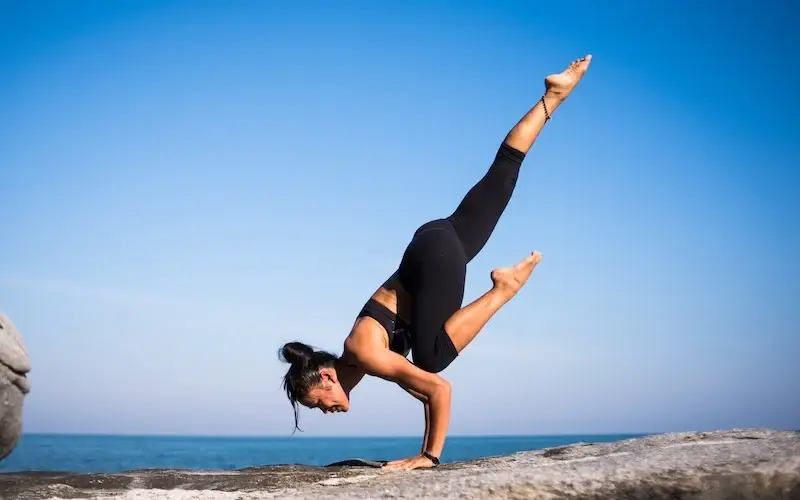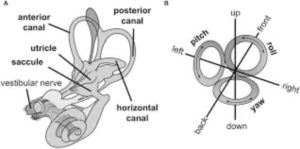Its all about balance

There are three main components that allows us to balance; our visual system, our proprioception and our vestibular system.
- Our visual system
- We rely on our eyes to tell us where we are and our orientation to the world. This information gives our body some feedback to correct our positioning if things look askew.
- Our proprioception
- We have sensors throughout our muscles, skin and joints that feel movements or pressure. This is why we can close our eyes and still tell if our leg is bent or straight. This type of information is interpreted by our brain to helps us gain or regain our balance.
- Our vestibular system
Problems in balancing
In a rehabilitation setting we tend to see and treat two areas of balance:
- Problems in proception
- Just like how we can close our eyes and tell if our leg is straight or bent, our neck also has sensors and provides information to our brain about our body positioning. If this information provided back to the brain is “off” it may lead to balance issues. Symptoms can include:
- Dizziness or light-headedness
- Neck tightness/stiffness or pain
- Headaches
- Fatigue
- Problems in proception
- Problems in our vestibular system
- Sometimes our vestibular system isn’t working properly and can provide too much or not enough information. These can cause someone to feel:
- Vertigo (sense of spinning)
- Nausea, vomiting
- Frequent falls
- Imbalance and difficulty walking
- Problems in our vestibular system
Physiotherapy, Balance Training and Vestibular Rehab
While there can be many causes of imbalance, some of the common conditions we see in clinic are:
- Benign Paroxysmal Positional Vertigo (BPPV or crystals in our inner ear)
- Cervicogenic dizziness (neck related dizziness)
- Vestibular deconditioning or hypofunction
- Post-Concussion Syndrome (PCS)
A through assessment is key in determining the contributing factors to someone’s imbalance as this will drive the type treatment that is most appropriate. Components of treatment can include specific maneuvers, progressive exercises and hand on manual therapy.



